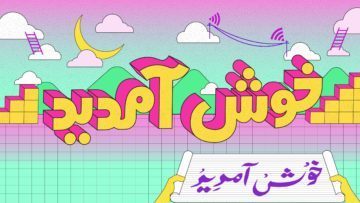Alizeh Kohari in Rest of World:
 By the time Mudassir Azeemi wrote to Apple CEO Tim Cook in 2014, he’d tried everything he could think of to make it easier to type in his native language, Urdu. In 2010, the now 42-year-old Pakistani-American developed a keyboard app you could use on iOS devices; within two years, it had been downloaded over 165,000 times. But even with an Urdu-language keyboard, the characters appeared on the screen in an entirely different font.
By the time Mudassir Azeemi wrote to Apple CEO Tim Cook in 2014, he’d tried everything he could think of to make it easier to type in his native language, Urdu. In 2010, the now 42-year-old Pakistani-American developed a keyboard app you could use on iOS devices; within two years, it had been downloaded over 165,000 times. But even with an Urdu-language keyboard, the characters appeared on the screen in an entirely different font.
“Dear Mr Tim Cook,” he wrote. “Urdu language’s beauty lies in the typeface.”
Spoken by nearly 170 million people in South Asia and the South Asian diaspora, Urdu is written in an alphabet derived from Arabic. But while Arabic is written in a script called naskh, simpler and more linear in its appearance, many other people — including Iranians, Afghans, Pakistanis, Urdu-speakers in India, and Uighur-speakers in parts of China — employ an ornate style of writing that originated in 14th-century Persia called nastaʿlīq. When Azeemi sat down to write his letter to Cook, nastaʿlīq was almost nowhere to be found online. To communicate in Urdu, you either had to type in naskh or spell words phonetically in Latin script.
More here.
